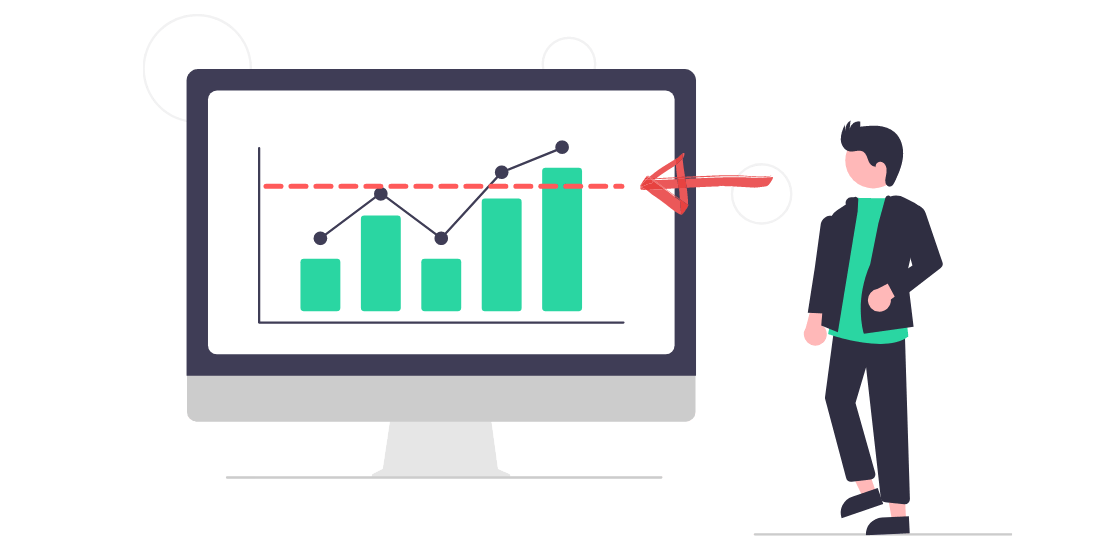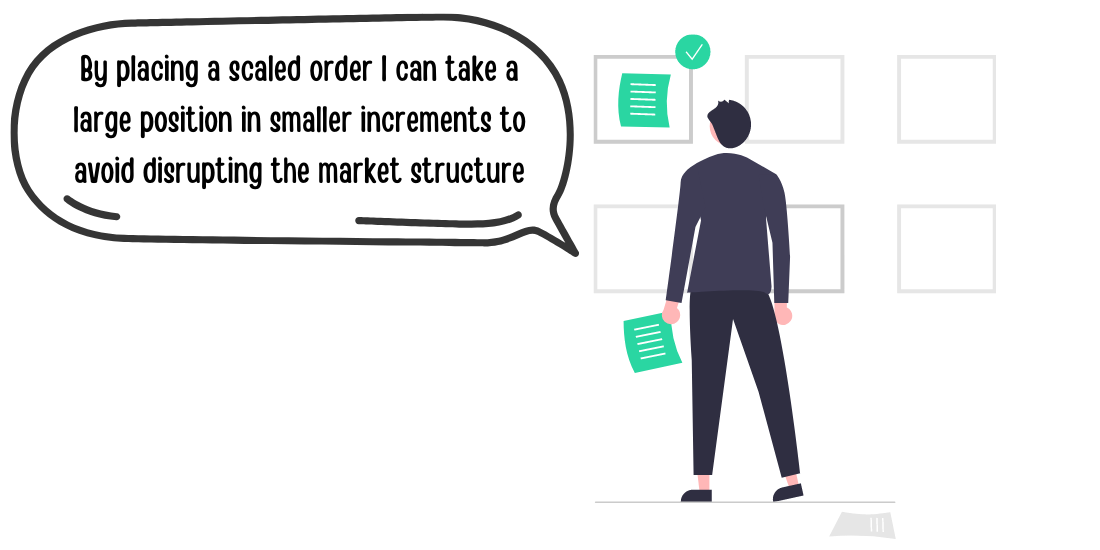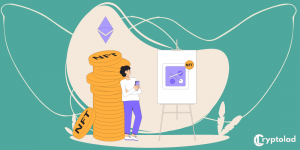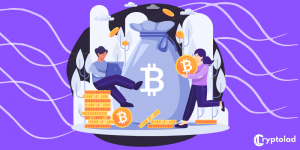5 Crypto Trading Order Types Explained
Maximise your trading with different order types
May 17, 2021

Howdy Howdy!
Today we're talking about the different order types used in crypto trading and how you can use them effectively to trade from any market position.
Order types are directions that you give to your broker/exchange on how your trade should be conducted.
You don’t need to know the complicated jargon or hand signals traders used to use on the floor of the stock exchange, but you definitely need to understand the basic order types and how they affect your trade.
Let's have a look...
Why Are There Different Order Types Anyway?
After you confirm a trade, your order is sent to your broker, who will attempt to fill your order.
The cryptocurrency market is volatile and will continuously shift, and there are plenty of moving parts in the system for routing orders.
All of which impact how quickly and at what price your order is filled.
These variables can be influenced by using the correct order type and make a huge difference in whether your trade works the way you expected.
You can use order types to enter and exit trades based on your pre-determined points.
These orders will be executed automatically, which means you don't have to physically be waiting around for the market to shift so that you can enter or exit a trade.
So, it’s important to understand the different order types. Let’s start with a market order.
Market Order
This order type indicates that you want your order filled immediately at the next available price.
The next available price could be different from the price quoted when you initially placed the order if prices are changing rapidly.
Investors using market orders appear to be more concerned about a trade’s pace than about the price.
The lack of restriction on price means this order type has the best chance of being filled, but it also has the risk of being filled at a different price.

For example – when an investor places an order to sell a stock at a certain price, it could drop by the time the order is filled due to the plummeting of the price and the selling of other investors.
Likewise, if an investor places a market order after hours, the price could be very different when the order is filled at the market open.
As a result, investors usually use market orders during highly volatile trading hours and extremely liquid markets.
This increases the probability of having an order met closer to the price requested.
If your priority is to buy or sell at an exact price or better, you may want to use a limit order instead.
Limit Order
If you set a price for a limit order, the order will not be filled until it is possible to buy or sell the stock at that price or better.
However, there is no guarantee that the order will be filled quickly or at all because of the price limit.
Investors usually use limit orders and are willing to wait for the market to move in their favour if there is an entry price.

For example – if an investor only wants the asset at a certain price, they will place a limit order to buy the crypto at their desired price, and unless the asset meets the set price, the order will not be filled.
If the asset drops to the limit order or below, with enough volume available at that price, the order will fill, and the investor will buy the stock for that specific price or less.
Stop Order
One of the other different order types is a stop order.
Stop order is just a market or limit order where an activation price triggers the order. When the stock reaches the activation price, the order is carried out.
Stop orders can be used in various ways. When they hit the activation price, investors can use buy-stop orders to buy shares or, when attempting to restrict future losses in an investment, they can use sell-stop orders.

For example – an investor might set a sell-stop order on a cryptocurrency he/she owns, specifying that if the stock falls to a certain price or lower, it will trigger an order to sell the crypto at the next available market price.
This could prevent more serious losses by getting out before the stock falls too far.
There are three types of stop orders:
•Stop market
The benefit of stop-market order is that it may help get the investor out of the falling position quickly.
The risk is that the next available price could be lower than what the investor anticipated.
•Stop limit
If the investor uses a stop-limit order, it'll trigger an order that seeks to fill at the limit price or better when the stock falls to the stop price.
•Trailing stop
Trailing stop order set a trailing amount of a certain dollar or percentage away from the market price instead of setting a specific activation price.
Scaled Order
Scaled orders can be used to maintain a low profile when buying or selling large volumes of cryptocurrency and other assets.
It is designed to slice large buy orders into smaller and more manageable amounts.
The scaled order allows you to produce a total order size and divide it over a certain price range across several orders. This is generally done with an algorithm.

The algorithm is designed to automatically create several limit orders across the trader's predetermined price range.
Many exchanges also allow you to have control over the distribution and diversity of orders within the selected price range.
You can preview the orders produced when the scaled order type is submitted at any time.
You can add noise to the price and quantities. You can also update the distribution if you want the order size to increase as the price gets lower.
Post-Only Order
Post-only orders will not be immediately executed on the market. If the order might be immediately filled with an existing order, the order will be cancelled to ensure that the user is always a maker.
For example - if the user's buy price is lower than the current order book, the order will not be filled.
The user will become the maker when the buy-price setup matches the current sale.
However, if the user's buy price is higher than the current sale, the order will be cancelled to ensure the user is always a maker.
So, why would you use a post-only order to ensure that you're always the maker? The answer is transaction fees. As a maker, you will generally be charged fewer fees than the taker.
Binance - The worlds largest crypto exchange
Binance has the very best volume out of all cryptocurrency exchanges, additionally, they also offer extremely low trading fees at 0.05%-0.1%. The high volume and liquidity at Binance means you'll be able to be in and out of trades within seconds which is crucial as a crypto trade
Trading Orders in a Nutshell
Each order type has its advantages and disadvantages. If you are a crypto investor, you should plan and decide which type of order is right for each scenario.
When you first start using different trading orders, It can be tricky to remember which order to use.
Remember to always take your time to plan out each trade properly and don't make a trade without thoroughly understanding the chosen order type.
If you get stuck, just make your way back to this article and go from there.
This article will help you to learn about the different order types in cryptocurrency, which will ultimately save you time and a lot of money through your trading career.
Happy trading!



